Before & After
A lot has happened in the short 10 years of Lawn & Garden Retailer’s existence, and never a dull moment for any of us!
During the last 10 years, as an industry, we reached the maturity stage in our life cycle. This isn’t to say that we’re all old as people, or our customers are aging (though many of us and them are), but in that life cycle all products, companies or industries pass through; it’s a natural and predictable evolutionary process. Our rapid growth of the 1980s and 90s slowed down significantly and we started to exhibit many of the universal indicators of maturity. Some of these probably sound familiar:
- Sales growth slows to 0-5 percent annually
- Significant price competition and pressures
- Shrinking margins
- Oversupply of product
- Proliferation of brand extensions, rather than new innovations
- Products become homogenized, available in many locations (some may call
this commoditization) - We focus more on cost controls and operational efficiencies than we do on driving top line growth
Big Boxes; Smaller Differences
I think most locally owned garden centers, if they’re honest with themselves, can say that they experienced many of these characteristics during the early 2000s.
At the same time, we saw the mass market, especially the Big Orange and the Big Blue, learn how to better compete with what had traditionally been the strengths of the locally owned garden centers. They started leveraging their size and buying power to gain exclusivity on new products and brands, they enticed some strong traditional brands to start selling into the boxes, and improved their product selection and breadth. And with the entrenchment and expansion of pay by scan, with their supply partners taking a much more active role at store level, we saw much improved product care and handling, better merchandising and significantly improved customer service. The opportunities for differentiation in the consumers’ minds became smaller.
We had identified some major demographic shifts with the aging and downsizing of our core Boomer customer base on whose backs we built our businesses, the much smaller Gen-X population that we really hadn’t marketed to before and weren’t buying into our categories, and the emergence of the very large Gen-Y segment, who are large in numbers, but don’t have a lot of cash to spend or places to put our products yet. We started the on-going struggle to learn what messages we needed to send to each generational segment, and how to deliver them effectively, how to maintain or establish the balance of new versus old, and traditional versus digital.
All in all, a lot of challenges for the locally owned garden center to address and deal with. And many will say (myself included) that we are an industry that doesn’t like change, and change is the only way to address these challenges; our inability or disinclination to make radical and significant changes further compounded our challenges.
And Then Came The Recession
We were already faced with a ton of challenges before the economic downturn, but these new changes caused by externalities beyond our direct control put our challenges on steroids almost to the point of overwhelming us. New financial pressures brought on by lower sales and lack of credit/inability to get loans, resulted in drastic cuts in payroll at store level. Financial hardships imposed on our consumer resulted in a new mindset and re-prioritization of buying behaviors.
Despite our having gone through many recessions over the past 40 years, this was the first time that our core consumer demographic was really impacted by the financial challenges. We were a “luxury” and deferrable category in the consumers’ mind and ranked pretty low on the scale of needs and our sales suffered. And the lack of new home construction and re-sale of existing homes took away a major outlet for some of our products, especially on the tree/shrub side.
One of the significant traits of the mature stage in the life cycle is consolidation. As we reached the mature stage, we were starting to see some of this occurring, but the Recession exacerbated this. Companies that were borderline profitable before the Recession hit no longer had any opportunity for survival.
Okay, so the past 10 years haven’t been pretty or easy for the locally owned garden center segment and their supply partners. What do the next 10 years have in store for us?
The Next Ten
I think it’s safe to say that the economic recovery won’t be quick. Current thinking is that it will take five to seven years before we see a return to pre-Recession unemployment rates of 5 to 6 percent. And with all of the budget deficit and debt ceiling discussions that are, and will continue to take place in the coming years, consumer confidence in their current financial position and future remain low, and until they see a light at the end of the tunnel that’s not a freight train, they’ll not return to their free-spending ways if they ever do.
We can’t change the financial environment our customers live in. But just maybe the challenging situation we’re currently in can be the catalyst we need to change the way we relate to our customers, the messages we communicate, and the way we deliver them. Maybe we can take this as the opportunity to redefine our value proposition and finally get out of our price-value emphasis. Maybe our primary marketing message doesn’t have to be “selling stuff at a price.”
Yes, the new consumer will continue to be value-conscious, but don’t confuse low price with perceived and comparable value! There’s a new value system that’s driving consumer behavior that works to the benefit of our products, if we choose to listen and act. As a result of the recent Recession, the new consumer is becoming more traditional, wants life to be simpler, is going back to basics, becoming more spiritual, and wants to be more rooted. They’ve gone from conspicuous consumption to conscientious consumption and are seeking purchases that provide personal meaning and are more consequential in their lives, satisfying their inner selves.
Can you think of a better product match to what the new consumer mindset is than what our industry offers? I can’t! But the ‘stuff at a price’ approach we’ve used in the past is out of synch with this new value system. Can we take this as our opportunity to change or message from price to benefits, communicating the power of what plants and flowers can have on their lives and lifestyles? Can you as retailers take this as an opportunity to position yourselves as solutions providers, helping your customers realize the benefits our products provide?
The consumer mindset has definitely changed, and changed in a way that plays to the strengths of our products. I don’t believe that the consumer of old will ever return, and that it’s up to us to change to adapt to the way our new consumer thinks and acts.
I heard a quote recently by Lowell Catett that pretty much sums up our challenge and opportunity: “People afford what they want.” If we can positively connect with the drivers and attributes of the new consumer, they will find a way to buy our products. Do we really have an alternative?



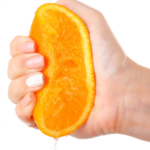
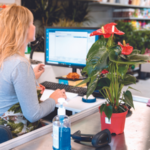

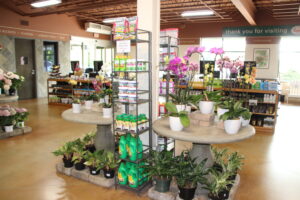
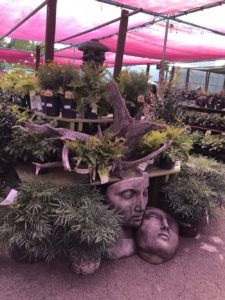
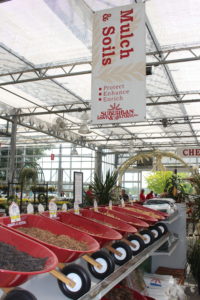
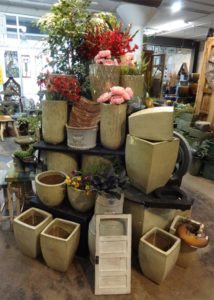
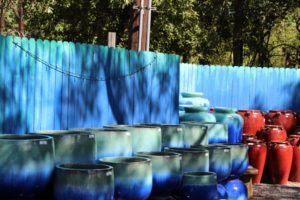
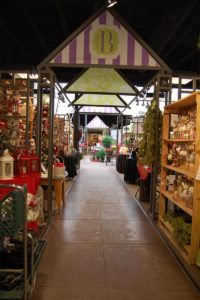

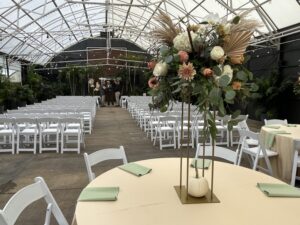
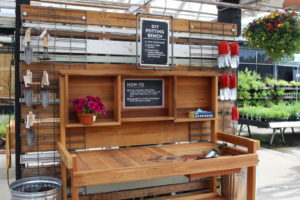
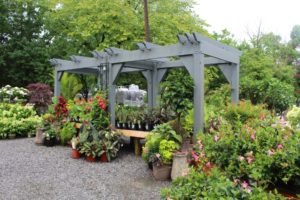
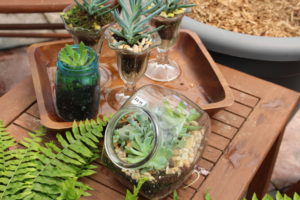
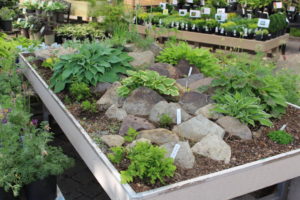
 Videos
Videos





